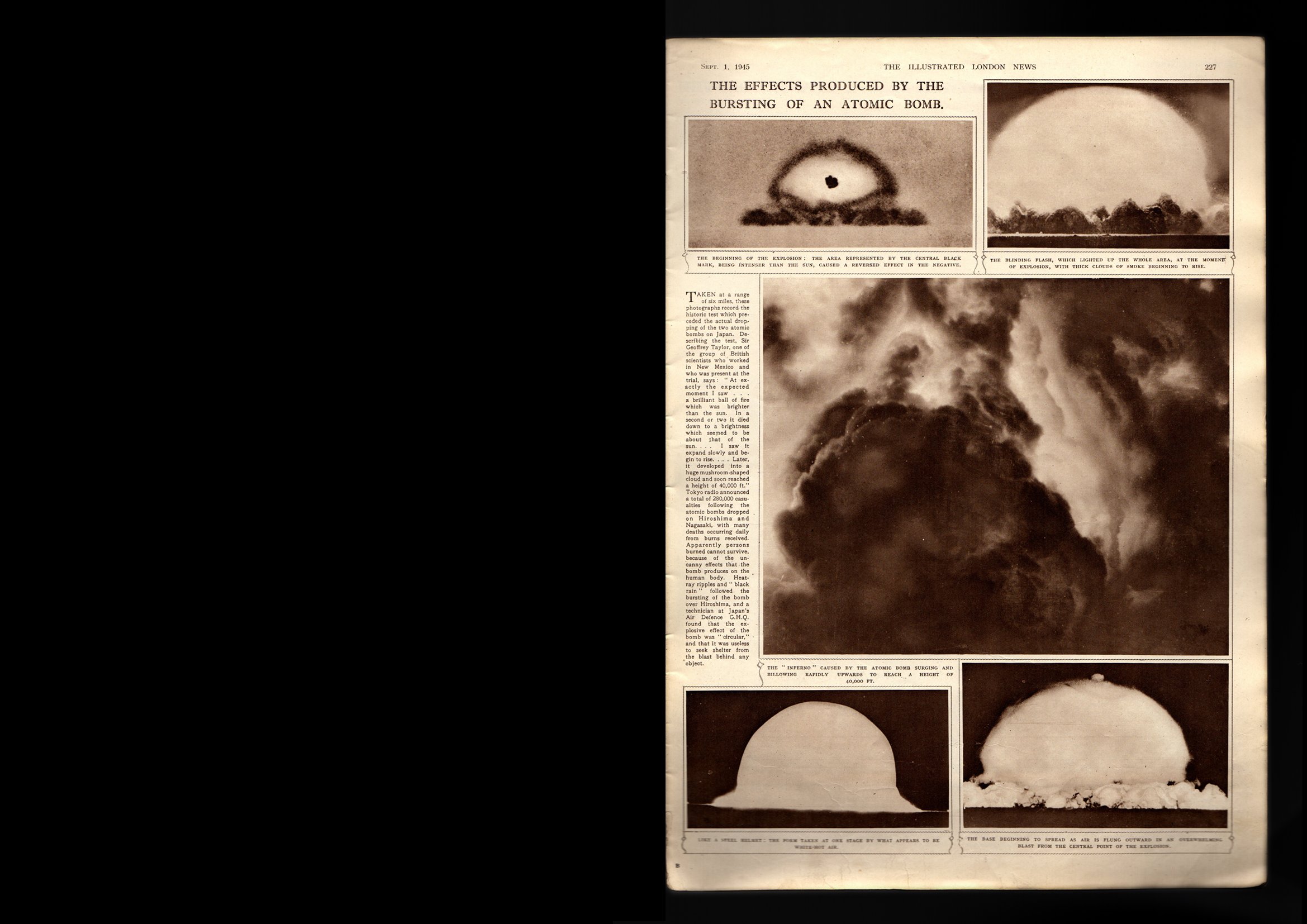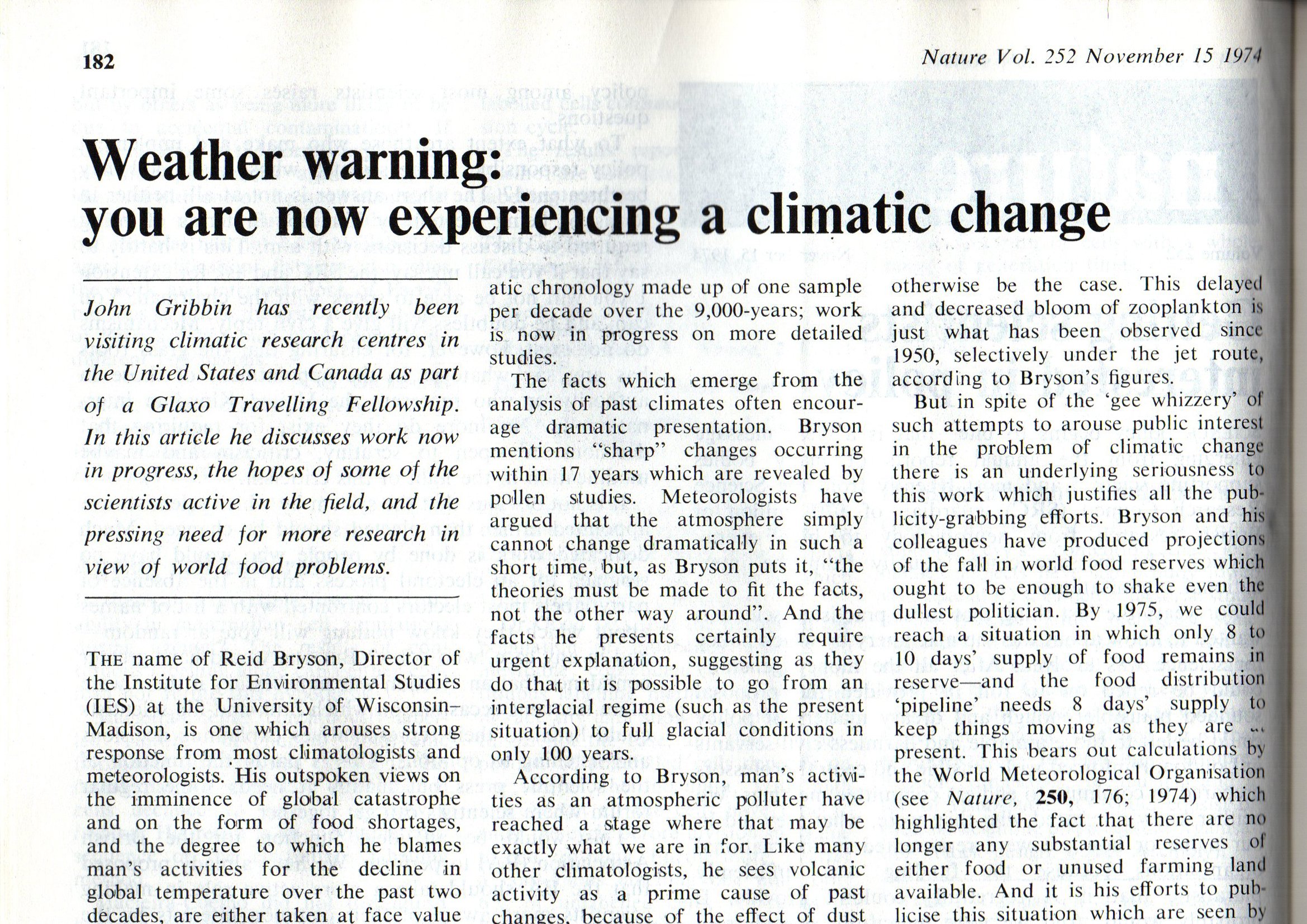A System of Spheres
When I was a child, maybe around 9 or 10 years old, I spent a fair amount of time alone in my small primary school library. I remembered recently how I wanted to colour code the books on the shelves in my bedroom in the same way as the books at school, and sort them into categories. I drew coloured dots with pencil crayons on paper and cut around them, and sellotaped them to the spines. This came to me in the early stages of trying to get to grips with the material in the basement at the stacks, and something I return to every now again - my primary school record of achievement binder, holding drawings of sunflowers, stories typed up on my parents’ word processor, cuttings from cereal boxes and folded ink blots.
Over the past couple of months, the coloured dot has come to suggest a container for a number of rotating approaches to interpreting the material I am rapidly accumulating from the reference collections - a system of spheres, held to the orbit of my ongoing research into relationships between transformative processes of memory over a lifetime, and speculative environmental churnings of the remote past, into a remote future.
Around me as I write this in my studio are 10 boxes of journals, magazines and periodicals, and mismatched books from the stacks (a few boxes too have already been taken, scanned, and returned). Among these are oversize bound volumes of The Graphic from the 1870s, Monthly Weather Reports from the 1940s with apology slips attached describing difficulties in publishing consistently during wartime, letters to The Month debating the church’s mediation of carbon dating, the first issue of The Ecologist, rainfall charts, atlases of ocean currents, and an abundance of arguments surrounding climate change.
As I work my way through the excerpts I am steadily scanning, collecting, splitting and joining, I’m trying to focus in on how these excerpts are forming sequences - selective chronologies, and like the warming stripe graphics representing long-term global temperature trends, familiar now and firmly embedded in the public imagination, this is in some ways an exercise in mapping periodic trends in attitudes towards temperatures and changing landscapes. And poetic overlaps between these spheres: spheres of the earth, spheres of memory, and so-it-seems lesser agreed upon spheres of social influence (5, 7, 9? - maybe the concept of the symbolosphere containing human language, patterns of economy, and technology, is more concise), are slowly beginning to guide how those sequences might be represented in a series of new works. These will involve moving image, as well as printed work with an emphasis on colour and the qualities of paper, and public engagement in the production of this is important.


















